West Indian Domestic Scheme National Historic Event (1955–1967)
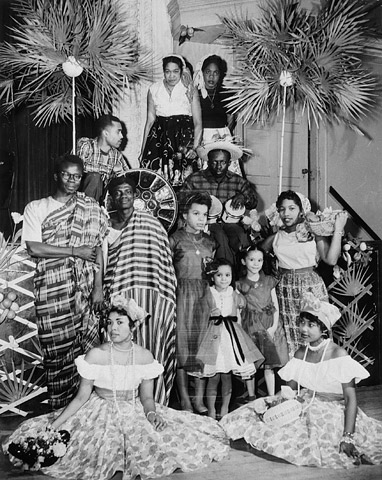
© Canada Department of Manpower and Immigration / Library and Archives Canada / C-045104
The West Indian Domestic Scheme, 1955-1967, was designated as a national historic event in 2020.
Historical importance: Immigration program targeting Caribbean women at a time when government policies restricted non-white immigration.
Commemorative plaque: no plaque installedFootnote 1
The West Indian Domestic Scheme was a targeted immigration program through which approximately 3,000 women from the Caribbean came to Canada to work as domestic servants. While still very restrictive, it increased Black immigration to Canada in the post-Second World War era, when discriminatory immigration policies limited the entry of non-white immigrants. The Scheme combined an immigration program with Canadian diplomacy as part of Canada’s evolving economic relationships with Caribbean nations. It also contributed to the growth of Caribbean culture in Canada, especially within the Toronto and Montréal communities.
The Department of Citizenship and Immigration launched the Scheme in 1955 to help meet the demand for domestic labour. In its first year, there was a quota of 100, but the system was so successful that annual quotas increased through the 1960s. To be eligible, women had to be single, between 18 and 35 years of age, have at least an 8th grade education, and pass a medical examination conducted by Canadian immigration officials. Through this process, they were subjected to a level of ‘moral’ scrutiny that was not only unique compared to other immigration programs but also significantly influenced the way they were perceived in Canada as well as their lived experience in the program.
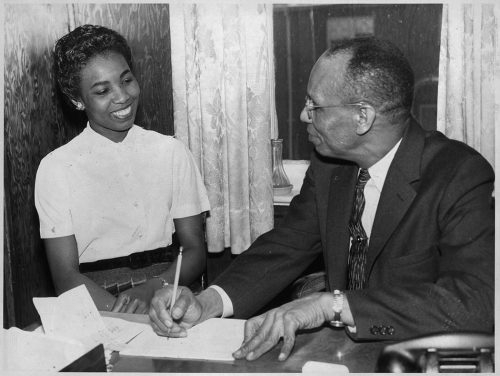
© The City of Toronto Archives
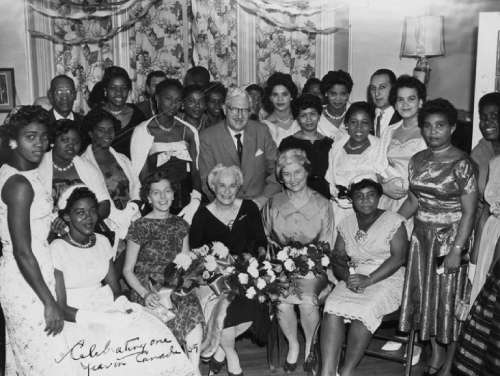
© The City of Toronto Archives
The women who came to Canada as part of the scheme were paid less than they anticipated while also being required to work longer hours. After a year of domestic work, the women were granted landed immigrant status and permitted to seek educational and employment opportunities in other fields while also being able to sponsor family members’ permanent residency in Canada, which the government tried to limit by only accepting single women. After five years in the country, regardless of if they continued to work in the domestic field, they were eligible for Canadian citizenship.
Once accepted into the program, women had the opportunity to select their preferred destination, with most choosing Toronto or Montréal. Between 1955 and 1961, 580 of the 1600 women who came to Canada as part of the scheme selected Montréal. There were efforts made to spread the women across the country, in particular to rural and western Canada, but most preferred the social and economic opportunities presented by large urban centres.
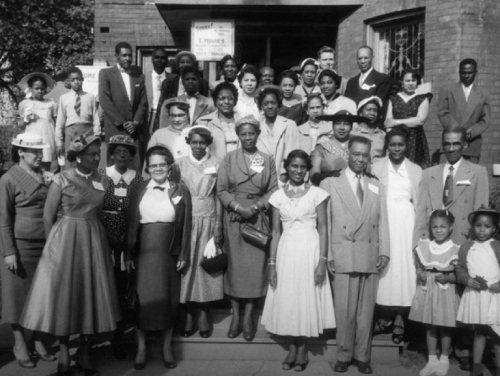
© The City of Toronto Archives
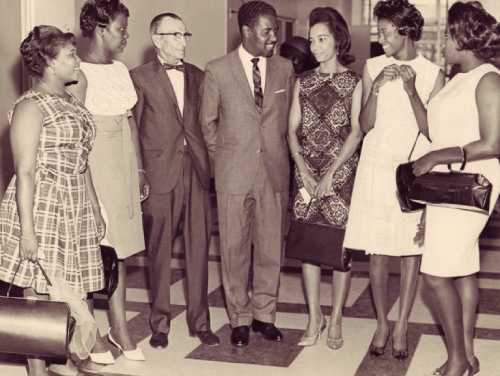
© Photo courtesy of Kathy Grant, Historian
The women confronted racial discrimination and hostility on arrival in Canada. Few had worked as domestics before migrating and many had no plans to continue working in the domestic field after a year. This included women like the Honourable Jean Augustine, who migrated to Canada in 1960 from Grenada. Following her year working in domestic labour, she enrolled at the University of Toronto where she earned a Bachelor of Arts and Master of Education before becoming a principal and getting involved in community activism. In 1993, she was the first Black Canadian woman elected to the House of Commons, and was appointed to a Cabinet post in 2002.
Despite its success in attracting West Indian women to Canada and a seemingly unlimited demand for domestic labour, the Department of Citizenship and Immigration was reluctant to increase the number of women admitted each year. In 1967 it was announced that, with Canada moving towards a points system for immigration, the West Indian Domestic Scheme would be discontinued in January 1968.
The National Program of Historical Commemoration relies on the participation of Canadians in the identification of places, events and persons of national historic significance. Any member of the public can nominate a topic for consideration by the Historic Sites and Monuments Board of Canada.
- Date modified :